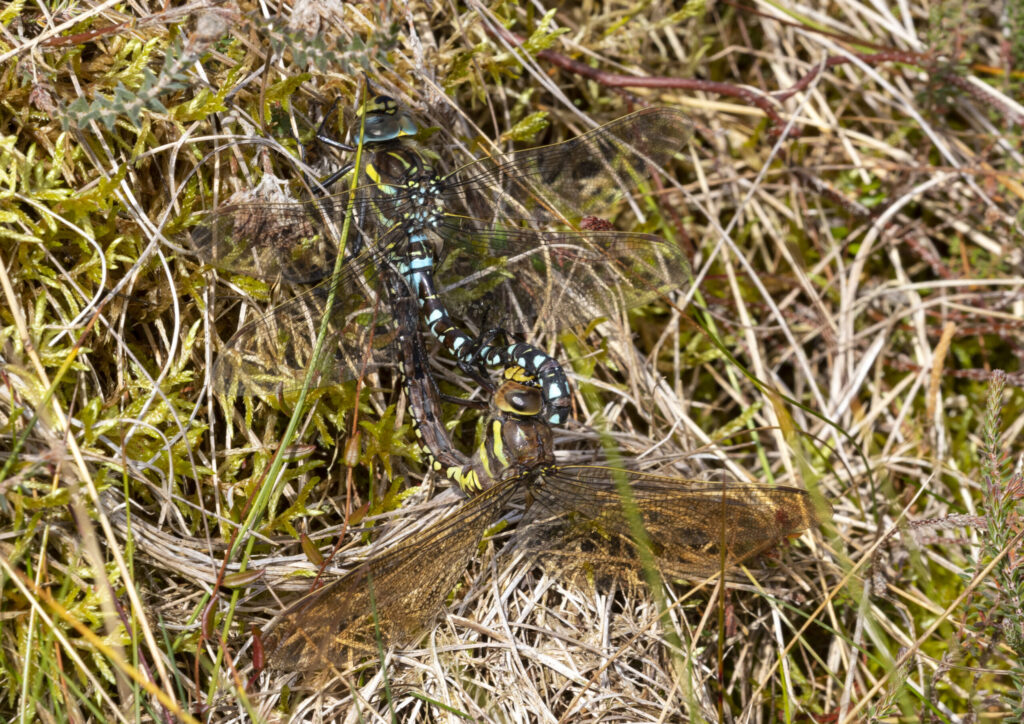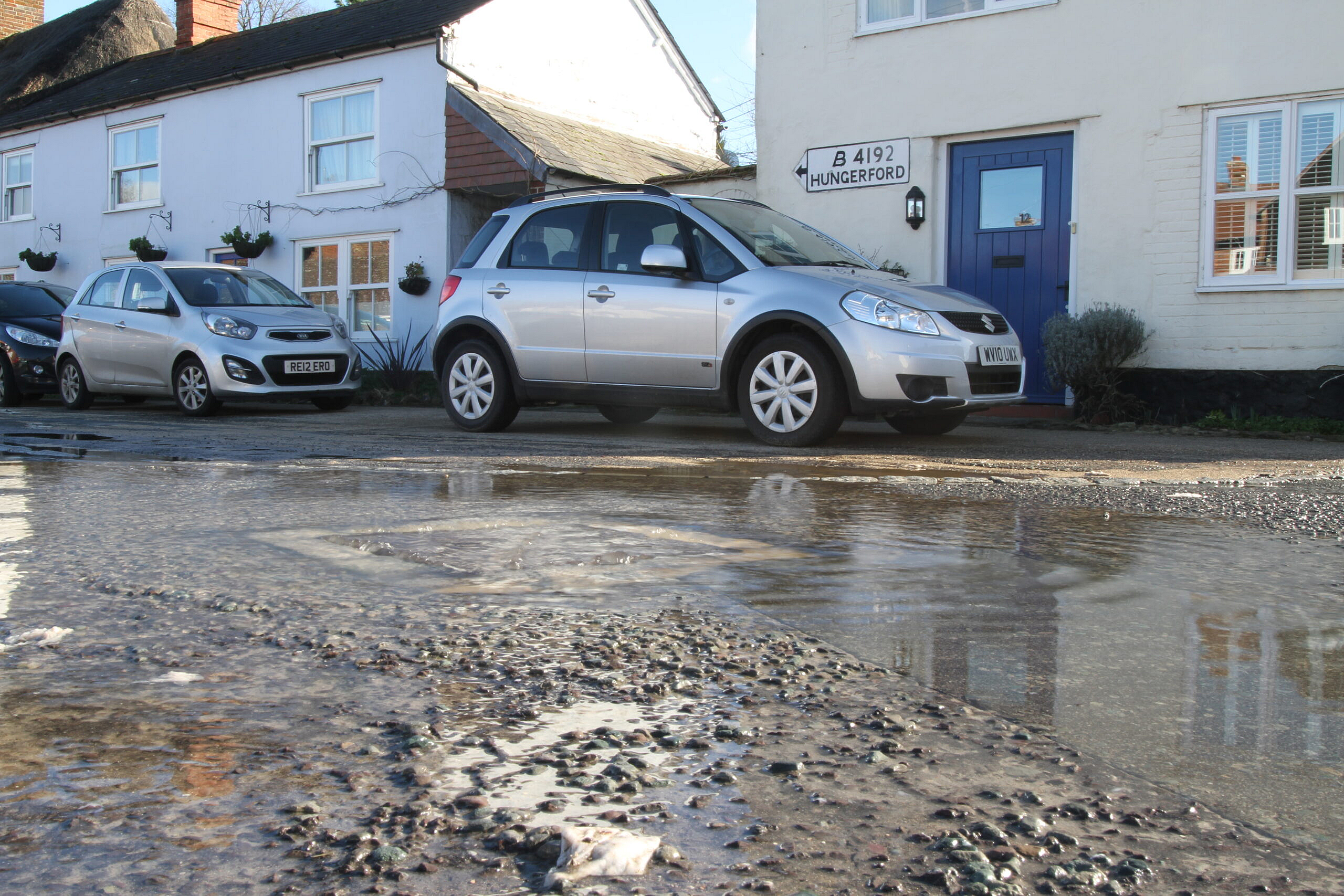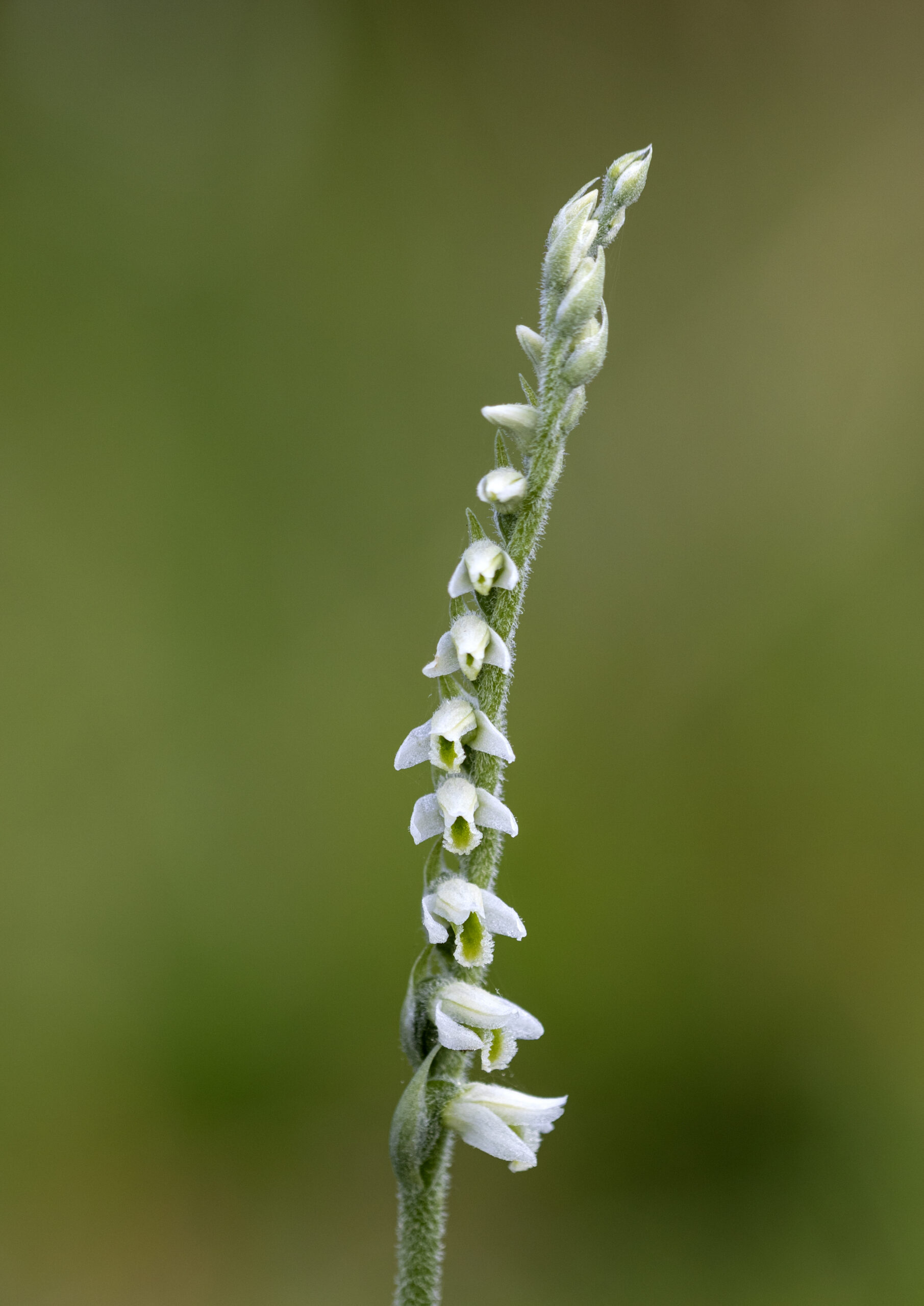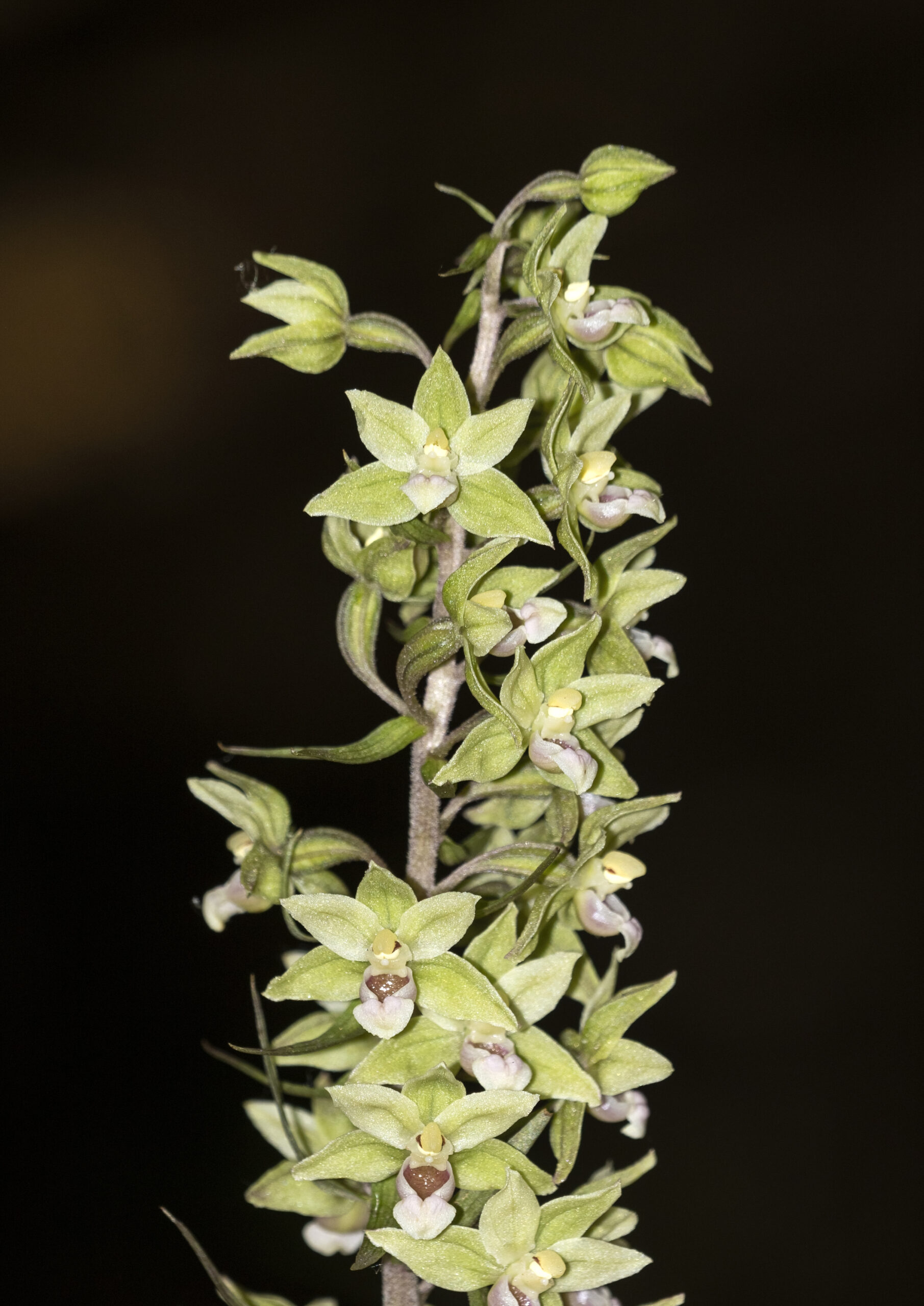A few weeks ago I posted (“A case of premature exclamation”) about another failure in my years-long search for the Common Hawker dragonfly. I have driven many hundreds of miles and devoted a great many hours to the search and come up empty handed. But last week my wife and I went for a short week’s break to Northumberland, in the lands right next to the Scottish border. It’s a place we have both wanted to visit for some time, and it didn’t disappoint. It’s a stunningly beautiful landscape, full of castles, rolling hills and lovely coastal views.
As part of our visit, my wife with her usual patience agreed to com with me on a quick trip in search of the Common Hawker. We drove to Kielder water, the largest artificial lake in the UK, turned our backs on it, and slogged up the sides of the gentle valley that surrounds it. Remember, this is our only holiday in this very stressful year, we only have four days, it’s early October and the previous day it had been cold and drizzly. It was also blowing a lively gale as the leading edges of the first named storm of the year starting to arrive. But rather than browsing antique shops or having a nice meal, my wife and I were climbing up a hillside that quickly turned into bog. We saw nothing – and unusually, I do mean nothing. Not a bird, not an animal, not an insect. We trudged on and on, and the conversation started to droop, although the views were absolutely stunning. Eventually we reached our target, a deep pool the colour of stewed tea surrounded by a boardwalk of plastic planks topped with chicken wire. On one side, the depths gave way to shallows with mats of pond weed and reeds, and the whole site was surrounded by marshy ground and bracken. It was ideal dragonfly habitat, but there was not a dragonfly in sight.
I always knew it was going to be the longest of long shots. We were beyond the end of the normal flight season for the Common Hawker, which peaks in July and August and tends to vanish around the third week in September. It had been cold and wet, and dragonflies like the sun. Weeks earlier, the pool would have been alive with the sound of clattering dragonfly wings, but all I could hear now was the keening of the wind through a nearby stand of pines. It was my wife’s idea to stop and eat lunch. The location was peaceful, we hadn’t seen another living soul, and it was well past lunchtime. I apologised to her for dragging her through the bog on another wild goose chase, but my wife, ever pragmatic and patient just said we should wait a while and see if anything turned up while we were eating.
And to my astonishment, it did.
Twenty minutes later, the sun had brought the temperature up a little, and I saw a dragonfly on the pond. As always, I never saw how it got there – it just materialised. One moment there wasn’t a dragonfly, the next moment there was. Then there were two, and being dragonflies they immediately started fighting. I took a string of photos as the distant pair on the far side of the pond clattered into the water. And then, still locked together, they rose from the pond and disappeared behind a large, brown and desiccated heather on the far side of the pool. I shouldered my camera and went to look for them. At first I missed them and walked right past them. Then I found them, low down amongst some grassy stems above a bed of sphagnum moss, and understood why they hadn’t immediately flown away when I neared them. They hadn’t been fighting. They were mating. I later looked at my photos and realised that the male had seized the female and dunked her in the peaty water, staining her normally clear wings brown. Holding a female underwater until she gives in is sadly a common tactic of male dragonflies who want to mate with a reluctant female. The two dragonflies hung together, the tip of her abdomen touching the place just below his thorax where a dragonfly’s penis lives. The wings each had a golden “costa” or leading edge of the wings. He had narrow shoulder stripes, she had none, and both had orangey-brown wing spots and eyes that…
Hang on. Yellow costa and orange wing spots? I looked closer.
Eyes that are almost fused together – check. A noticeable waist on the male – check. Oh Lordy, Lordy. It seems that Common Hawkers are like busses: you wait three years for one and then two come along together.
So ladies and gentlemen, with more pleasure than I can possibly convey, I finally give you: the Common Hawker.

common hawkers matingWhat do you mean it looks like all the other dragonflies… ?




Social Profiles